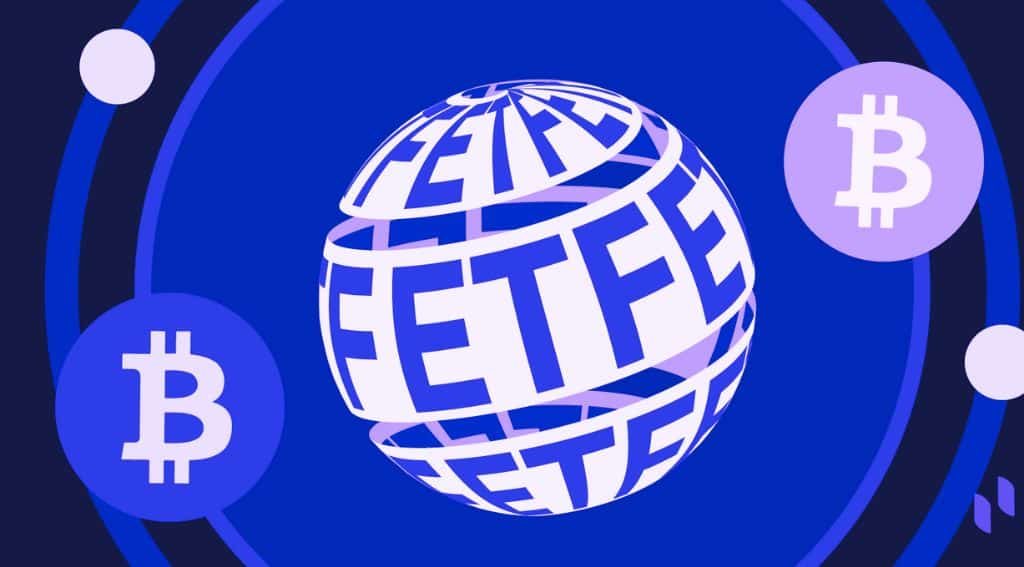Bitcoin’s rollercoaster: ETF outflows and volatility expose market sensitivities

Bitcoin’s recent 16 percent drop from its all-time high is a stark reminder of the volatile nature of cryptocurrencies. The decline from $73,800 to approximately $63,000 coincides with significant outflows from the newly established bitcoin exchange-traded funds (ETFs), particularly impacting Grayscale, the largest bitcoin ETF by volume.
The initial surge in Bitcoin’s value can be traced back to the approval of spot bitcoin ETFs by US regulators in January, which marked a turning point after years of hesitation. This regulatory green light spurred a rally as investors poured money into the market. However, the tide has turned, with nearly $500 million exiting the new ETFs in just two days, according to CoinShares data. Grayscale experienced the brunt of this exodus, with over $1 billion withdrawn from its fund this week.
Investors initially found confidence in the regulated entities offering bitcoin investment options, but the lack of fundamental valuation anchors for Bitcoin remains a concern. Laith Khalaf, head of investment analysis at AJ Bell in London, points out that Bitcoin’s price is more susceptible to swings due to the absence of traditional valuation metrics.
Investor sentiment and volatile landscape
Grayscale has seen consistent outflows since the Securities and Exchange Commission approved its conversion to an ETF, with Bloomberg data showing $444 million leaving recently. Grayscale’s ETF fees stand at 1.5 percent, higher than rivals like BlackRock and Fidelity, who have reduced or waived fees to draw customers.
BlackRock’s bitcoin ETF has been particularly successful, with $527 million in inflows this week. In contrast, other ETFs like Invesco, Franklin Templeton, and Valkyrie have seen minimal inflows. Market strategist Joel Kruger of LMAX views the current downturn as a minor correction rather than a cause for alarm, indicating that there is no widespread panic or concern about an extreme drop in Bitcoin’s value.
In conclusion, Bitcoin’s recent price movements reflect the complex relationship between investor sentiment and institutional offerings such as ETFs. While the approval of ETFs boosted the cryptocurrency market, Bitcoin’s inherent volatility remains due to the lack of fundamental valuation metrics. The contrasting fortunes of ETF providers highlight the changing dynamics of the cryptocurrency investment landscape, shaped by investor preferences and market trends.









